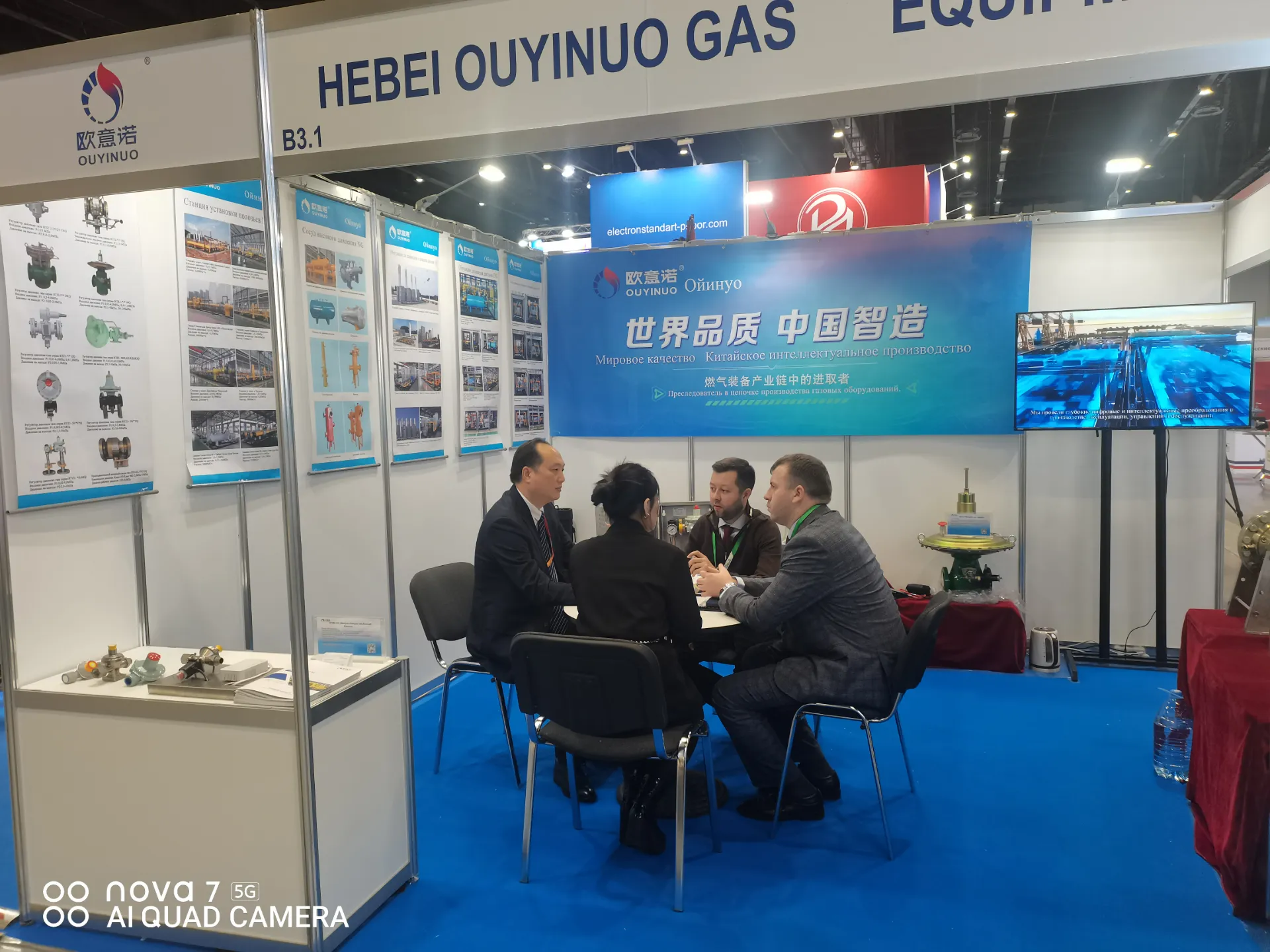
Nov . 20, 2024 08:04
Back to list
gas pressure reducing station
Gas Pressure Reducing Station A Key Component in Natural Gas Distribution
In the intricate web of natural gas distribution systems, gas pressure reducing stations (PRS) play a crucial role in ensuring safe, efficient, and reliable delivery of gas to consumers. As natural gas is transported through high-pressure pipelines from production sites to end-users, the pressure must be reduced at various points along this journey to meet safety standards and fulfill consumer needs. This article delves into the functionality, design, benefits, and importance of gas pressure reducing stations in the broader context of energy distribution.
Understanding Gas Pressure Reducing Stations
A gas pressure reducing station is a facility that reduces the pressure of natural gas from high levels, suitable for transmission, to lower pressures that can be safely distributed to homes, industries, and businesses. The main components of a PRS typically include pressure regulators, filtration units, and control systems. These stations can be found at various locations in the gas distribution network, usually positioned strategically where the gas transitions from high-pressure pipelines to mid or low-pressure distribution systems.
Functionality and Design
The primary function of a gas pressure reducing station is to regulate the pressure of the gas being delivered. This is crucial because natural gas is transported at very high pressure—often exceeding 1000 psi. Reducing this pressure not only protects consumer equipment from potential damage but also ensures that the gas can be delivered safely and efficiently.
The design of a PRS varies according to its purpose, location, and the expected flow rates. A typical station consists of several pressure regulators that work in tandem. When gas enters the station, it first passes through a filtration system to remove impurities and debris that could cause damage or inefficiencies in the downstream equipment. After filtration, the high-pressure gas moves to the pressure regulators, which step down the pressure to desired levels.
Moreover, modern PRS units are often equipped with advanced monitoring and control systems. These systems enable operators to track pressure levels in real-time, adjust flow rates, and ensure that safety standards are consistently met. Automation is increasingly integrated into PRS operations, allowing for remote management and quicker response times in case of pressure fluctuations.
Benefits of Gas Pressure Reducing Stations
gas pressure reducing station

The benefits of gas pressure reducing stations are manifold. Firstly, they enhance safety by preventing over-pressurization of gas lines, which can lead to catastrophic failures, leaks, and explosions. By meticulously regulating pressure, PRS units uphold the integrity of the gas distribution system and safeguard public safety.
Secondly, PRS stations contribute to operational efficiency. By optimizing the pressure at which gas is delivered, these stations help maintain a steady supply to consumers. This is particularly important in peak usage times when demand surges.
Additionally, PRS stations enable the use of smaller, more affordable piping systems in the distribution network. Lower pressure delivery systems require less robust materials, ultimately reducing costs associated with pipeline installation and maintenance.
Importance in the Energy Distribution Network
In an era where the demand for natural gas continues to grow—fueling power plants, heating homes, and powering industrial processes—gas pressure reducing stations are more critical than ever. They serve as a link that ensures comfortable, reliable, and efficient service to end-users.
Moreover, as countries transition towards cleaner sources of energy, the role of natural gas as a bridging fuel becomes more evident. PRS play a significant part in accommodating this shift by enabling the safe and efficient distribution of gas, thereby supporting renewable energy initiatives.
Conclusion
Gas pressure reducing stations are vital components in the natural gas distribution system, ensuring safety, efficiency, and reliability. As the global demand for natural gas increases, the importance of these stations will only grow, highlighting the need for continued innovation and investment in infrastructure. By understanding and optimizing the role of PRS, we can enhance the overall effectiveness of gas delivery systems, ultimately contributing to a more sustainable and energy-efficient future.
Next:
Latest news
-
Safety Valve Spring-Loaded Design Overpressure ProtectionNewsJul.25,2025
-
Precision Voltage Regulator AC5 Accuracy Grade PerformanceNewsJul.25,2025
-
Natural Gas Pressure Regulating Skid Industrial Pipeline ApplicationsNewsJul.25,2025
-
Natural Gas Filter Stainless Steel Mesh Element DesignNewsJul.25,2025
-
Gas Pressure Regulator Valve Direct-Acting Spring-Loaded DesignNewsJul.25,2025
-
Decompression Equipment Multi-Stage Heat Exchange System DesignNewsJul.25,2025

